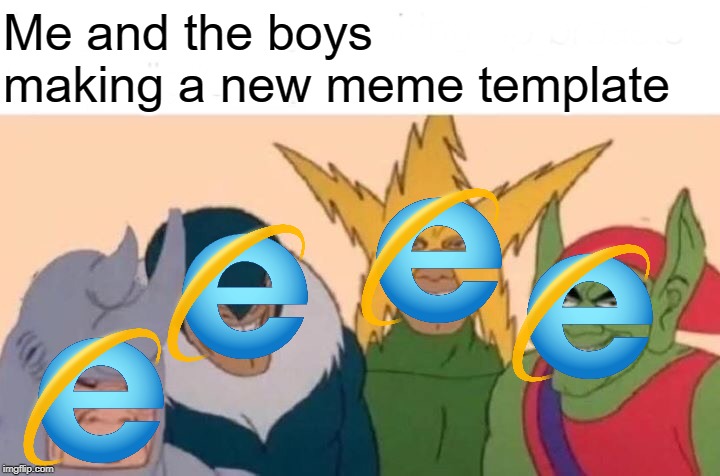
If they don't support a given mode, they fall back to the next display mode in the chain. Browsers are not required to support all display modes, but they are required to support the spec-defined fallback chain ( "fullscreen" → "standalone" → "minimal-ui" → "browser"). Web apps can choose how they are displayed by setting a display mode in their manifest as explained above. This mode is similar to standalone, but provides the user a minimal set of UI elements for controlling navigation (such as back and reload). The app runs in its own window, separate from the browser, and hides standard browser UI elements like the URL bar. Opens the web app to look and feel like a standalone app. Opens the web application without any browser UI and takes up the entirety of the available display area.
#Web app icon generator full
Games can even be made to launch full screen. For example, you can hide the address bar and browser chrome. You can customize what browser UI is shown when your app is launched. The background_color property is used on the splash screen when the application is first launched on mobile. Think about what the user will want to do once they open your app, and place them there. Your start_url should direct the user straight into your app, rather than a product landing page. The start_url is required and tells the browser where your application should start when it is launched, and prevents the app from starting on whatever page the user was on when they added your app to their home screen. To be on the safe side, you should always specify a rasterized icon as a fallback for browsers that do not support SVG icons.
#Web app icon generator install
If you'd prefer to scale your own icons, and adjust them for pixel-perfection, provide icons in increments of 48dp.Ĭhromium-based browsers also support SVG icons that can be scaled arbitrarily without looking pixelated and that support advanced features like being responsive to prefers-color-scheme, with the important caveat that the icons do not update live, but remain in the state they were in at install time.
If only those two icon sizes are provided, Chrome will automatically scale the icons to fit the device. To use maskable icons, sometimes referred to as adaptive icons on Android, you'll also need to add "purpose": "any maskable" to the icon property.įor Chromium, you must provide at least a 192x192 pixel icon, and a 512x512 pixel icon. Each object must include the src, a sizes property, and the type of image. The icons property is an array of image objects. When a user installs your PWA, you can define a set of icons for the browser to use on the home screen, app launcher, task switcher, splash screen, and so on. In consequence, developers shoould not repeat the application name in the when the app is running in standalone mode. This title is displayed in various window-switching surfaces such as alt+ tab, overview mode, and the shelf window list.įor PWAs running in standalone mode, Chromium will prepend the short_name (or, if short_name is not set, alternatively the name) to what is specified in the of the HTML document to prevent disguies attacks where standalone apps might try to be mistaken, for example, for operating system dialogs. Operating systems usually expect to have a title for each app window. If both are provided, short_name is used on the user's home screen, launcher, or other places where space may be limited. You must provide at least the short_name or name property.
Key manifest properties # short_name and/or name # json extensions, which is may be easier for developers to understand. The specification suggests the extension should be. The manifest file can have any name, but is commonly named manifest.json and served from the root (your website's top-level directory). Manifest files are supported in Chrome, Edge, Firefox, UC Browser, Opera, and the Samsung browser. A typical manifest file includes the app name, the icons the app should use, and the URL that should be opened when the app is launched.

The web app manifest is a JSON file that tells the browser about your Progressive Web App and how it should behave when installed on the user's desktop or mobile device.


 0 kommentar(er)
0 kommentar(er)
